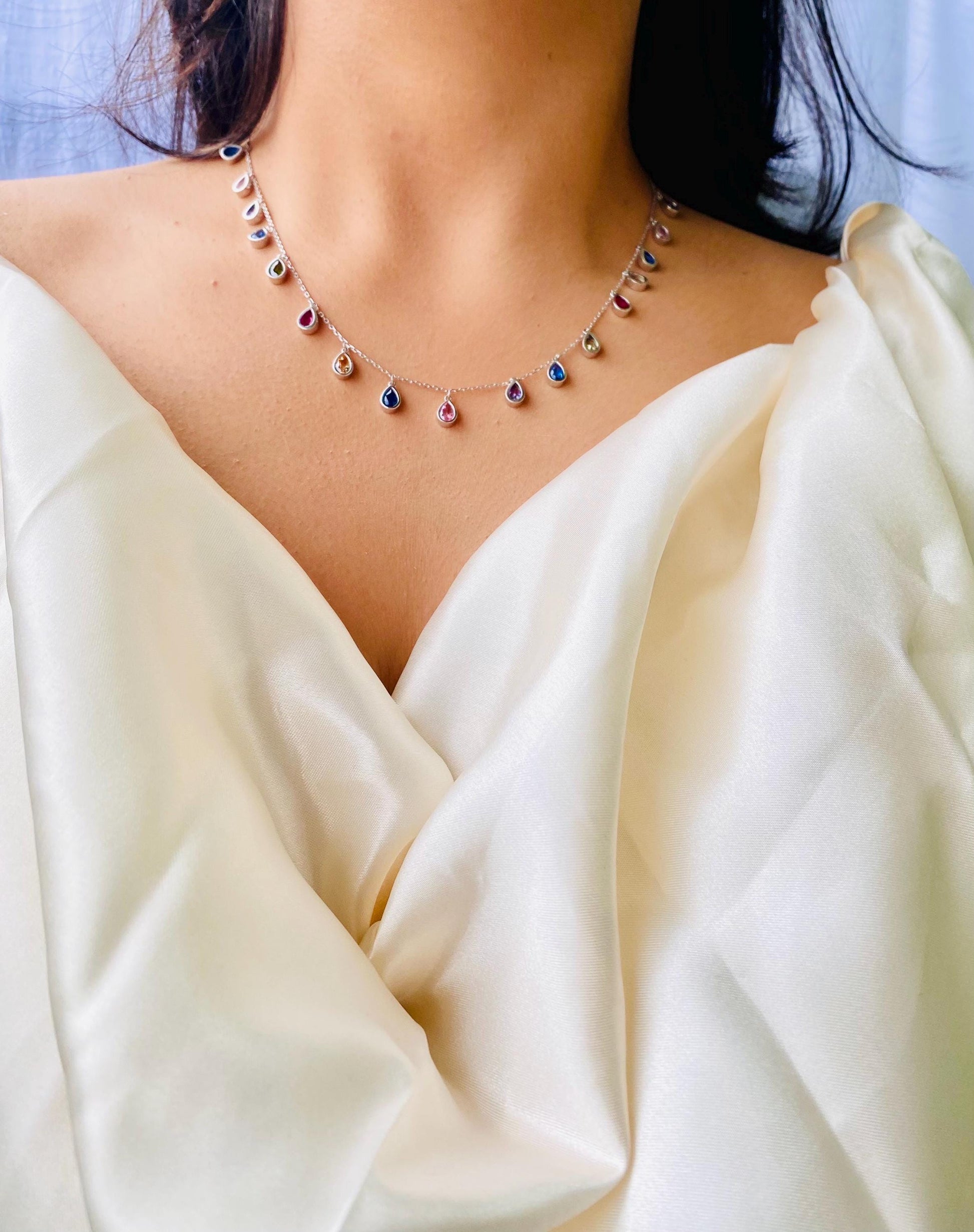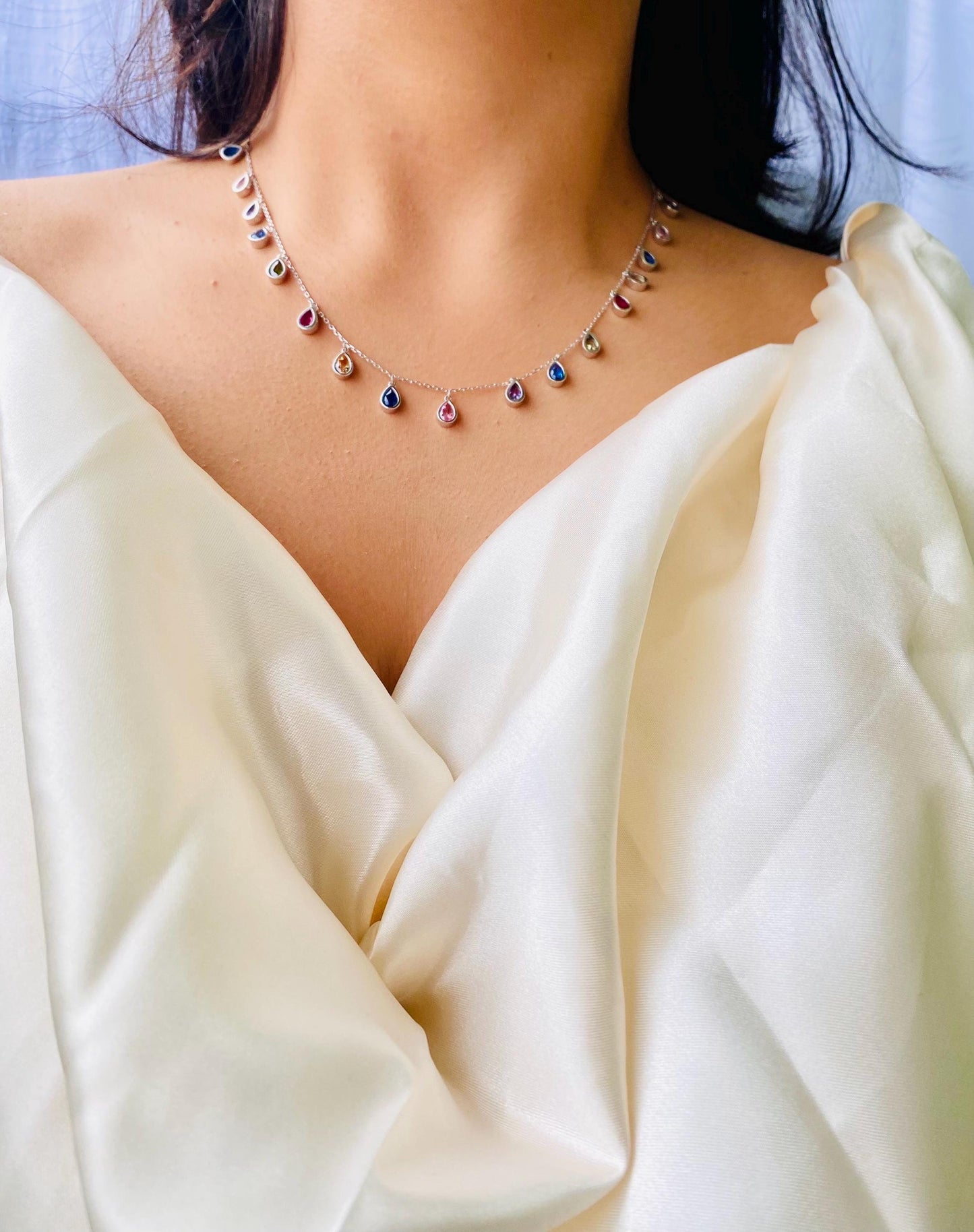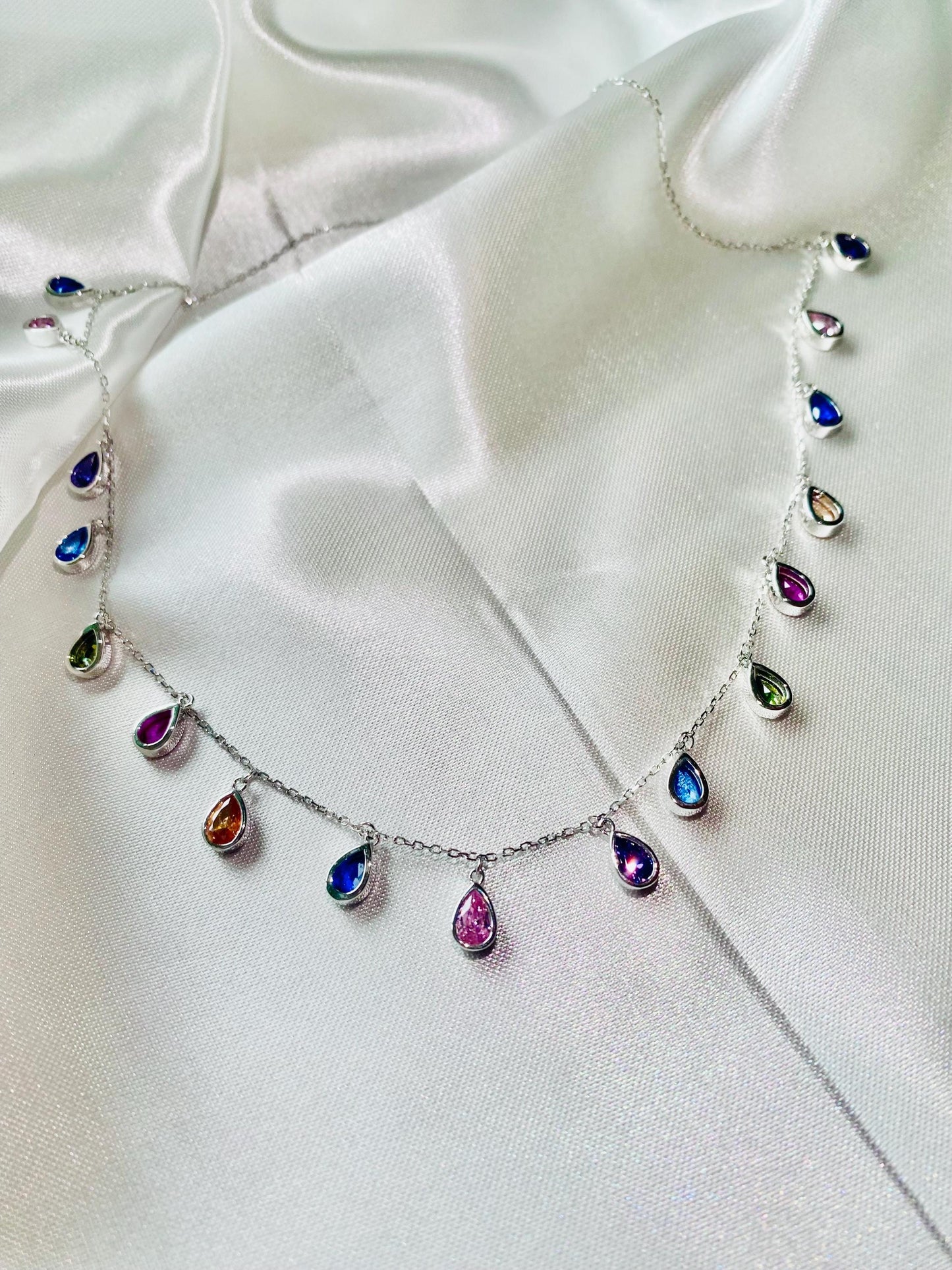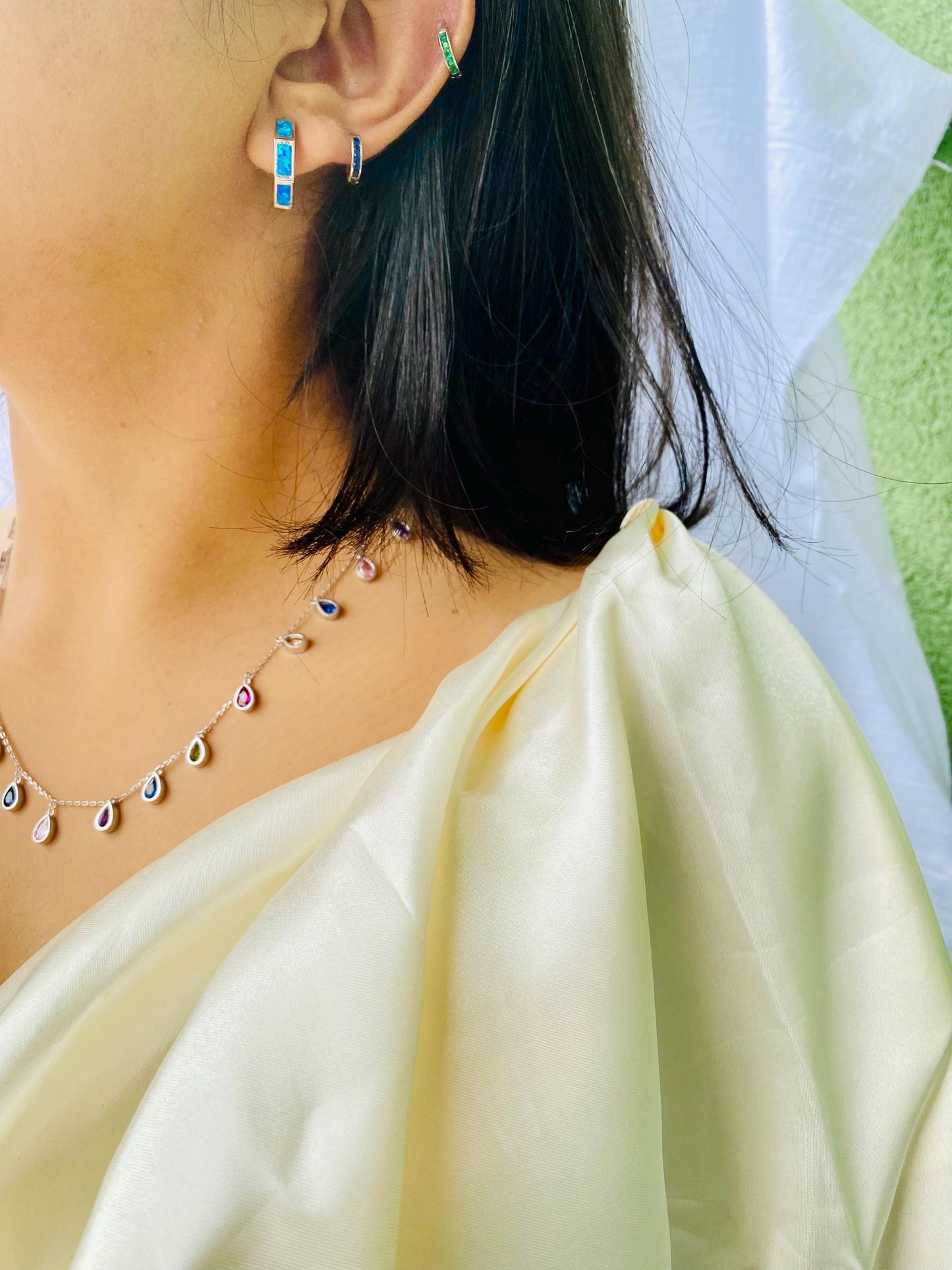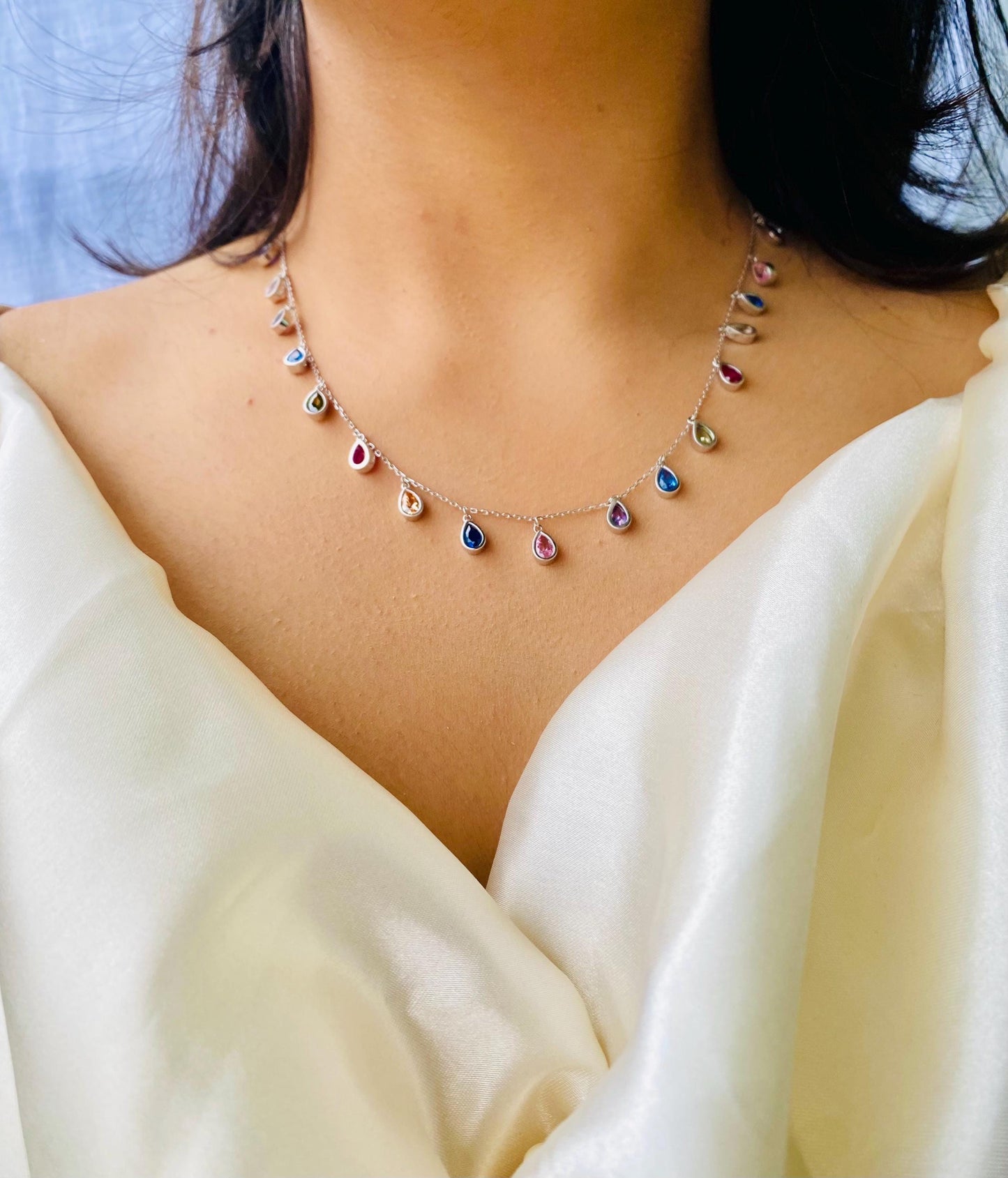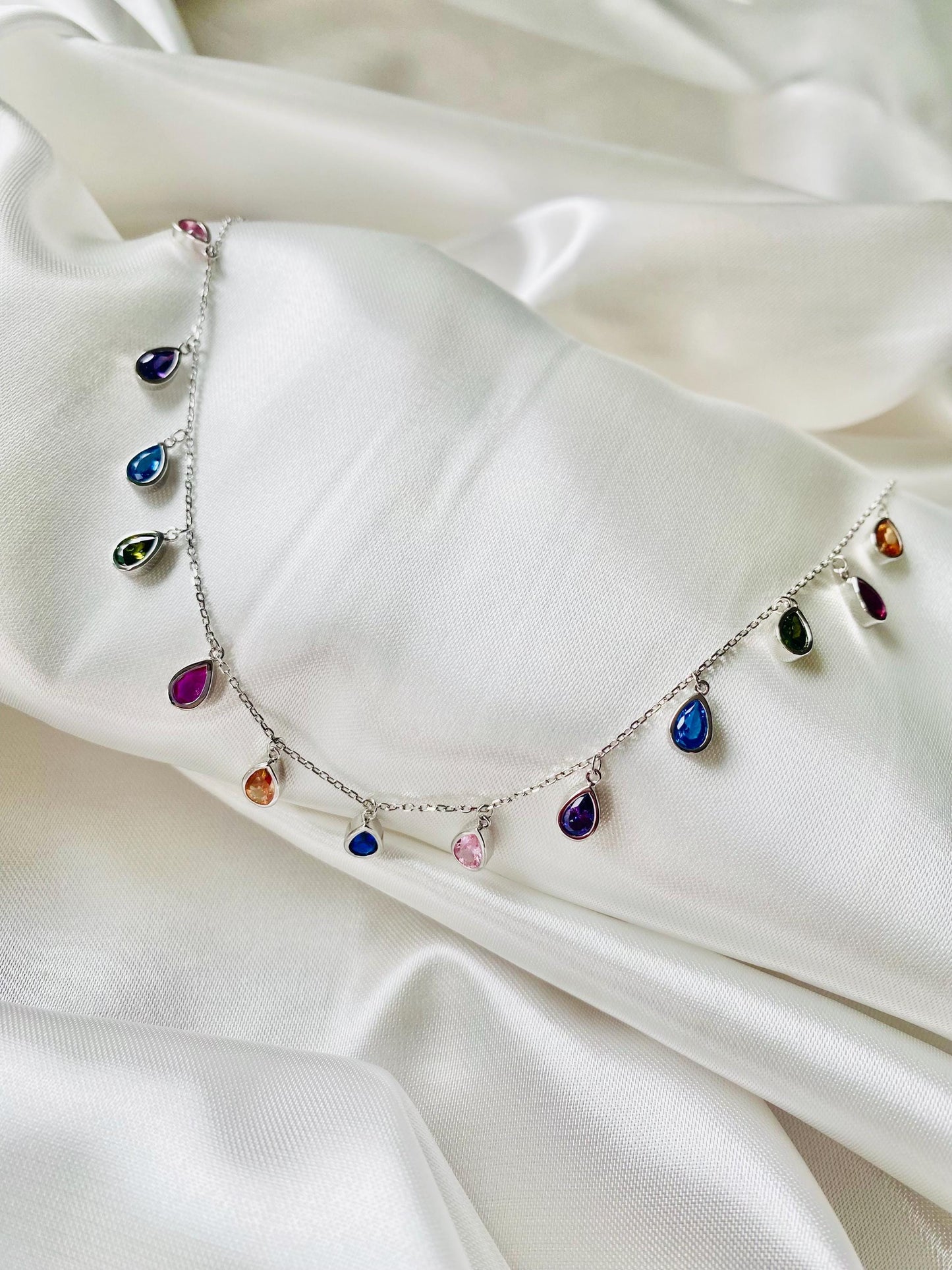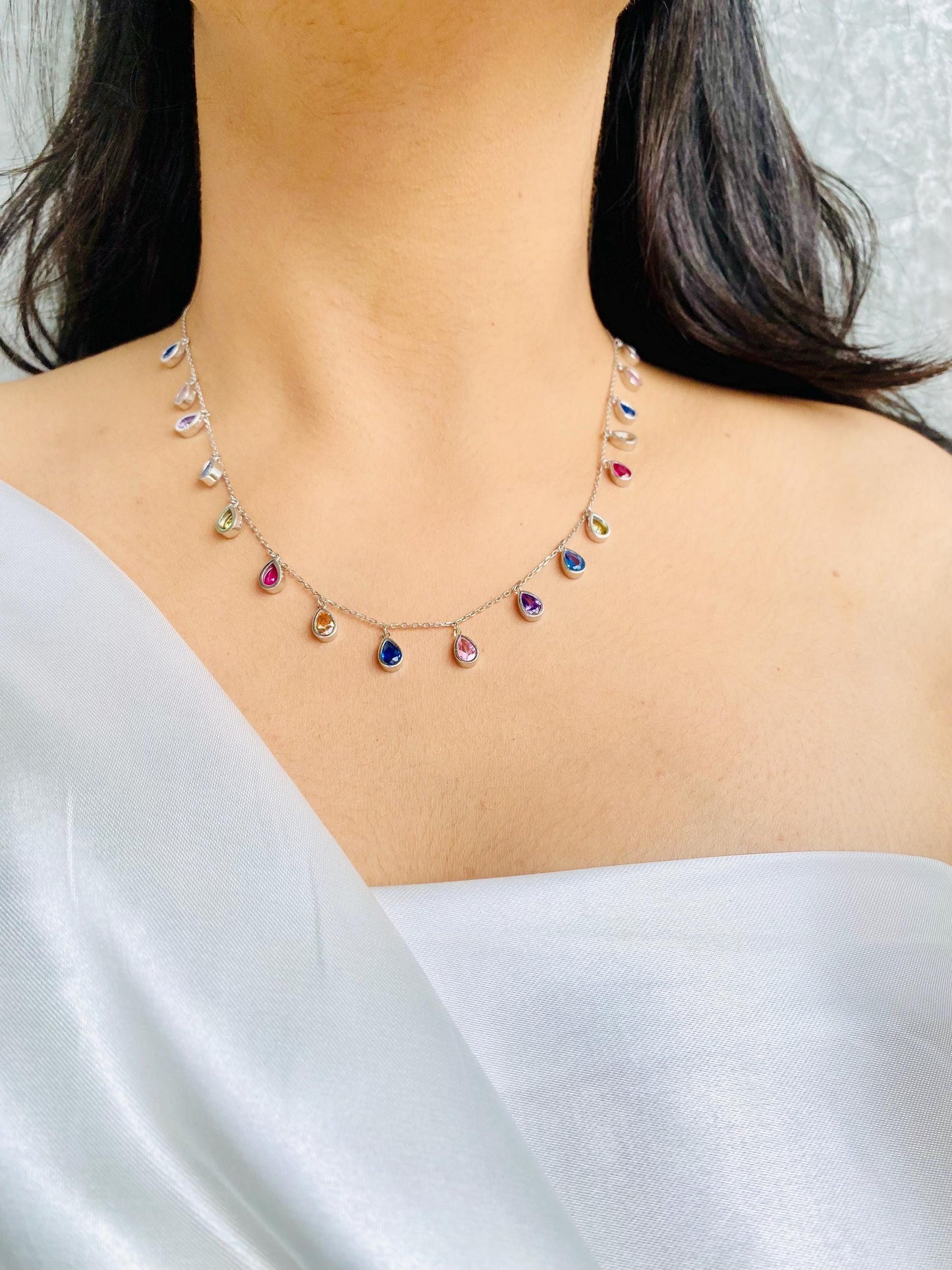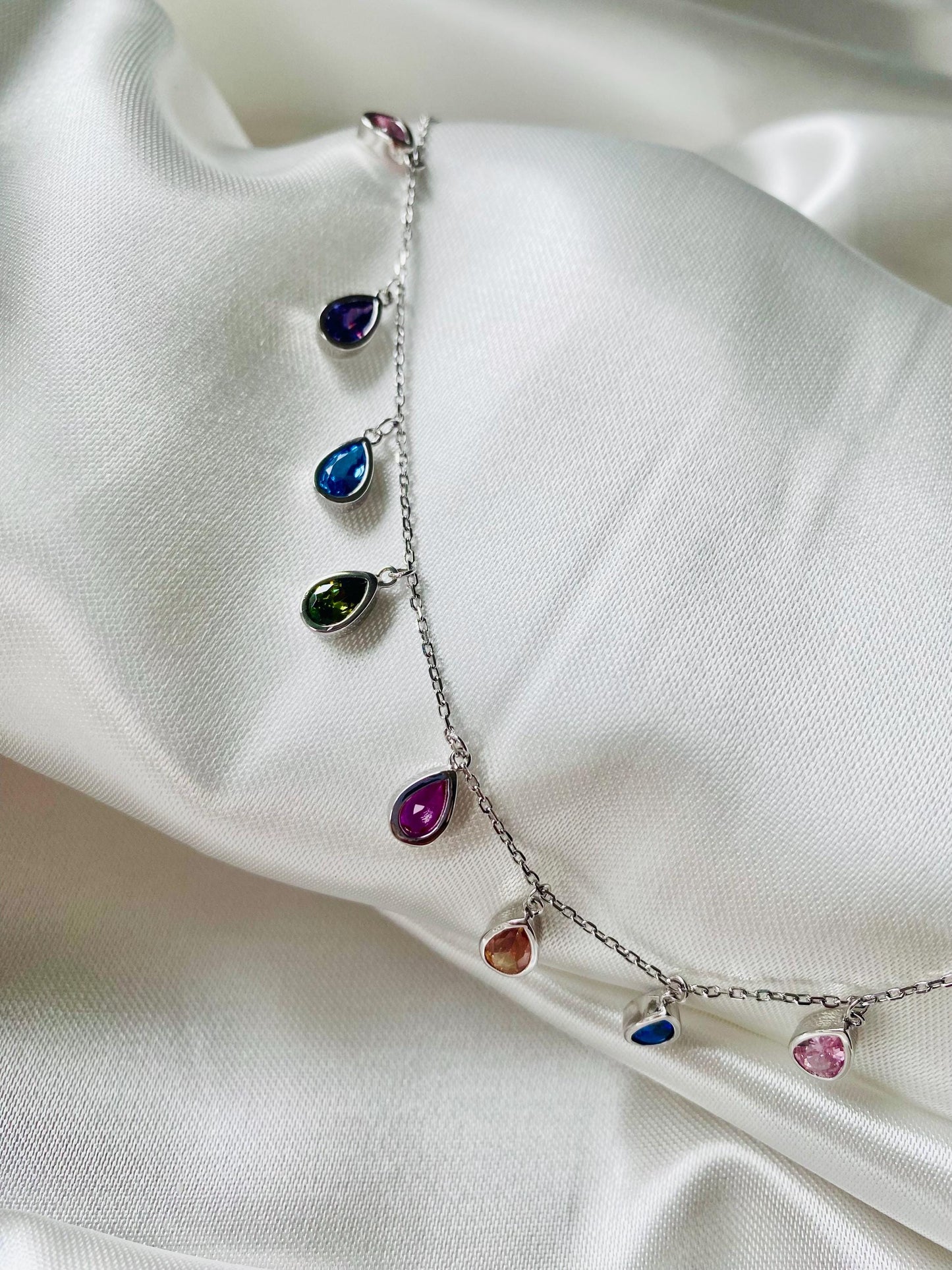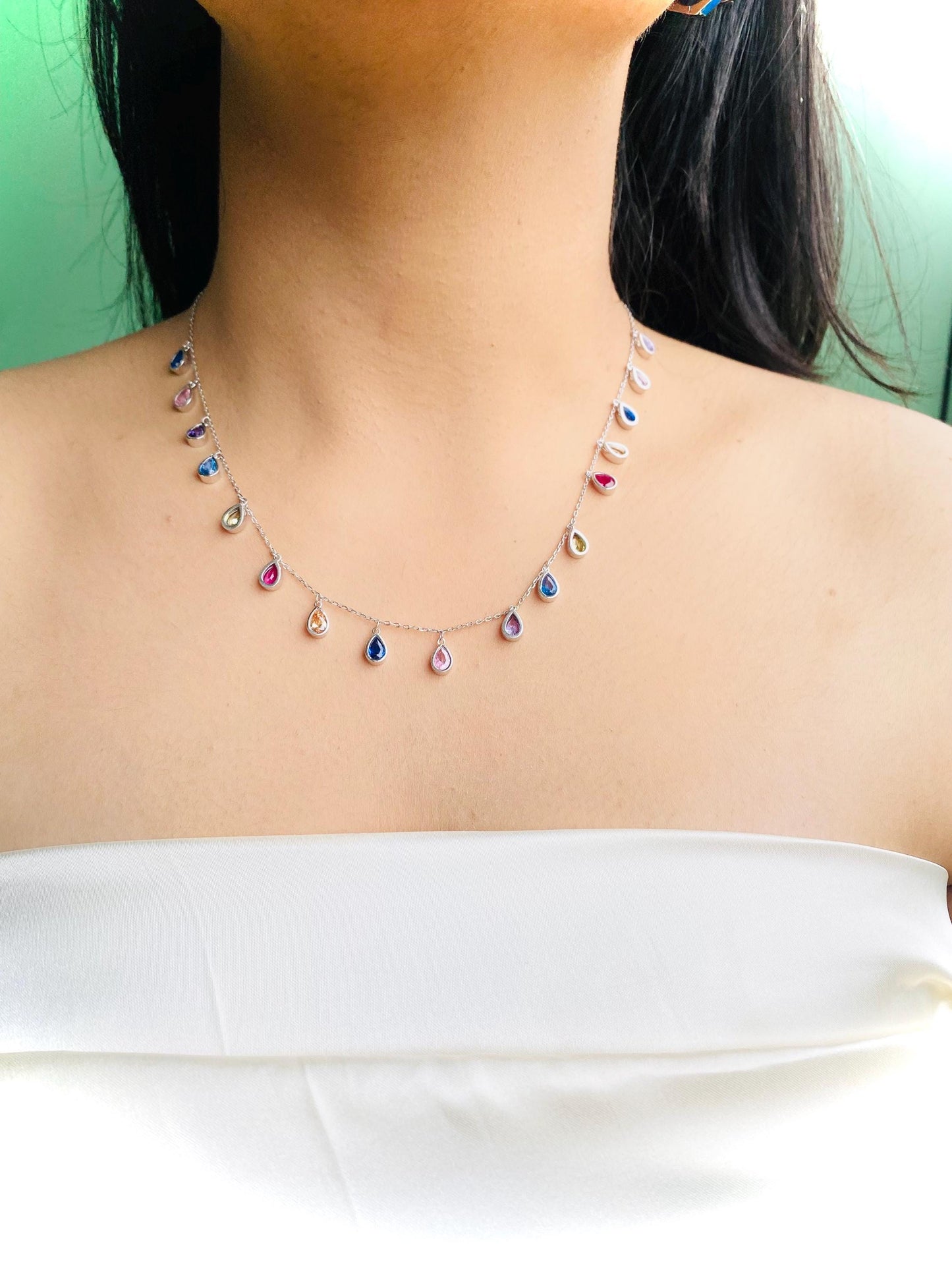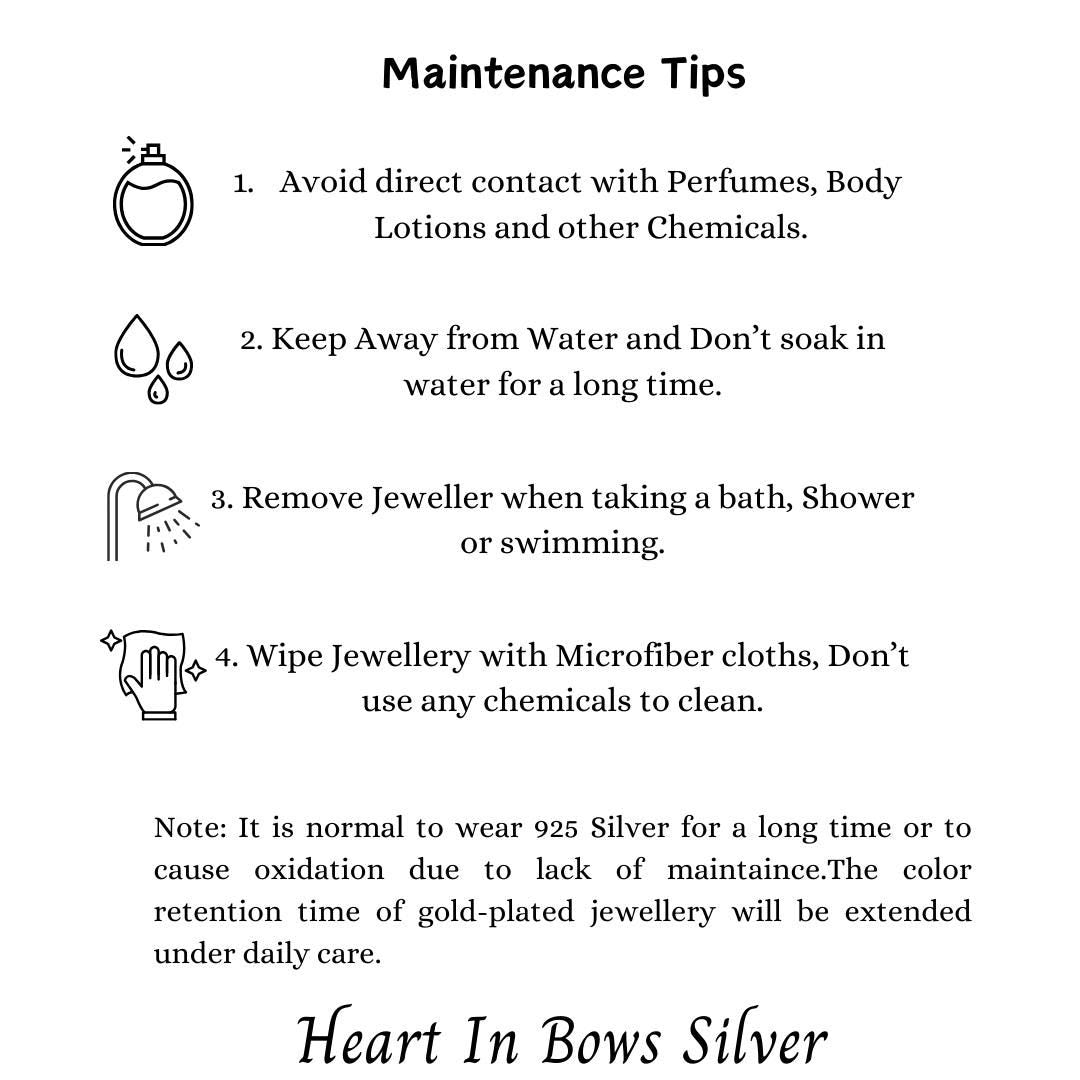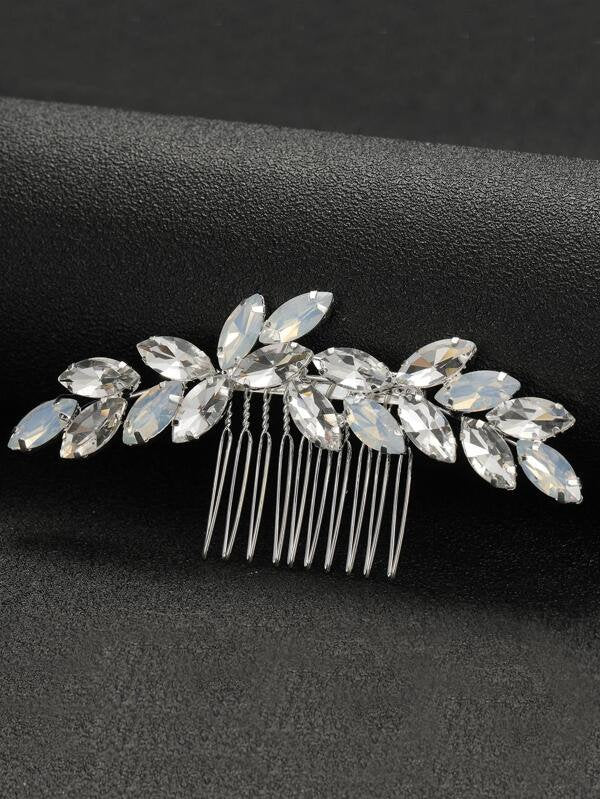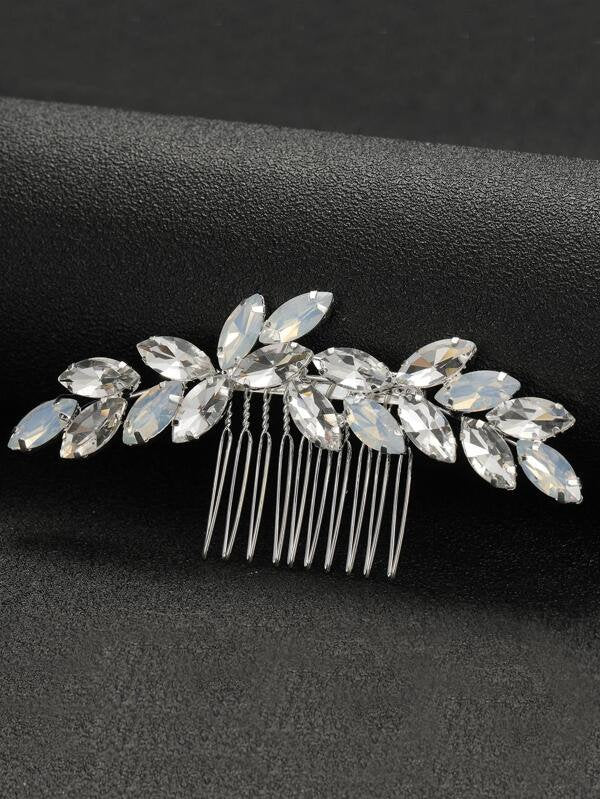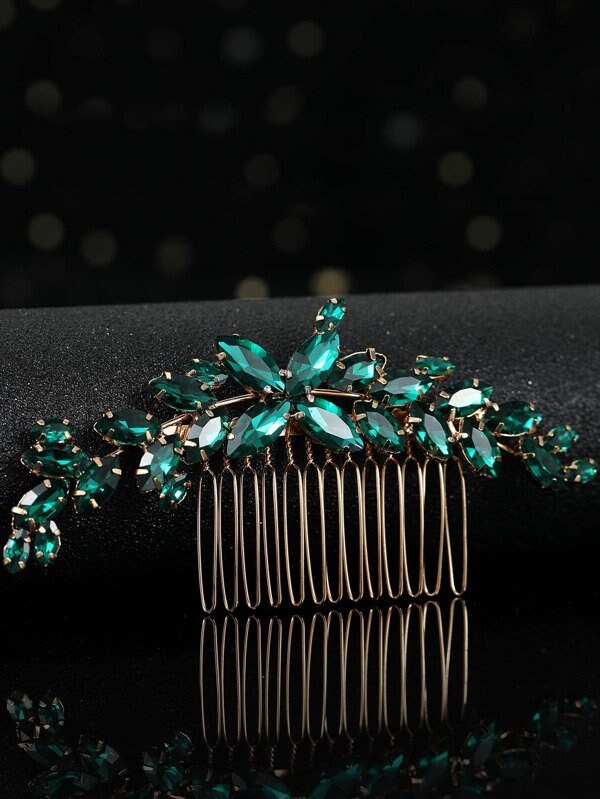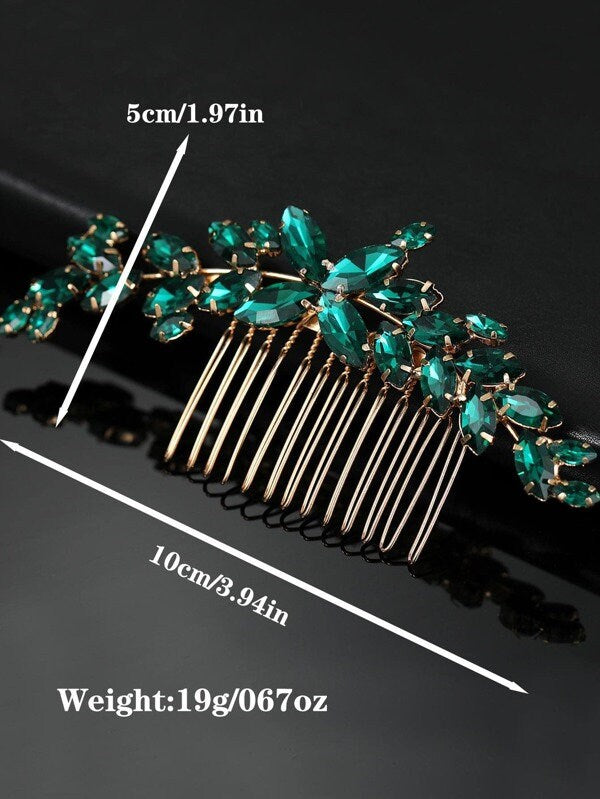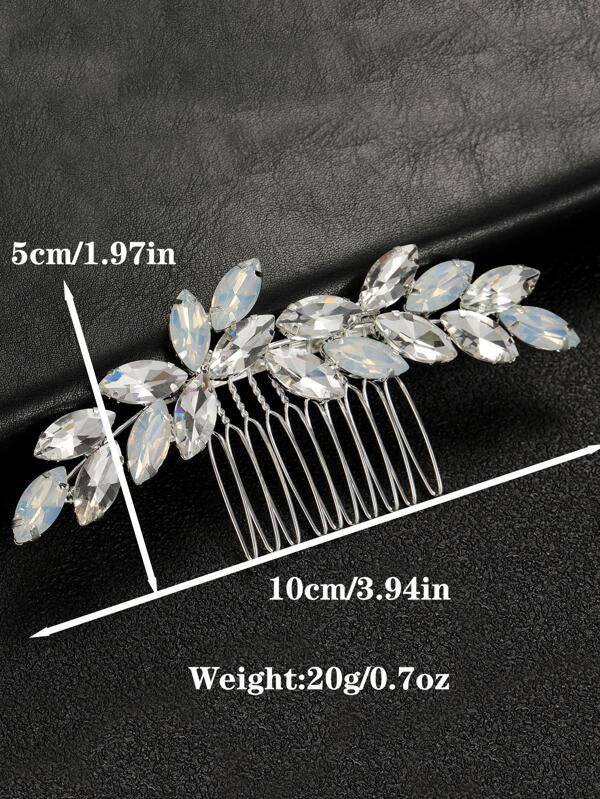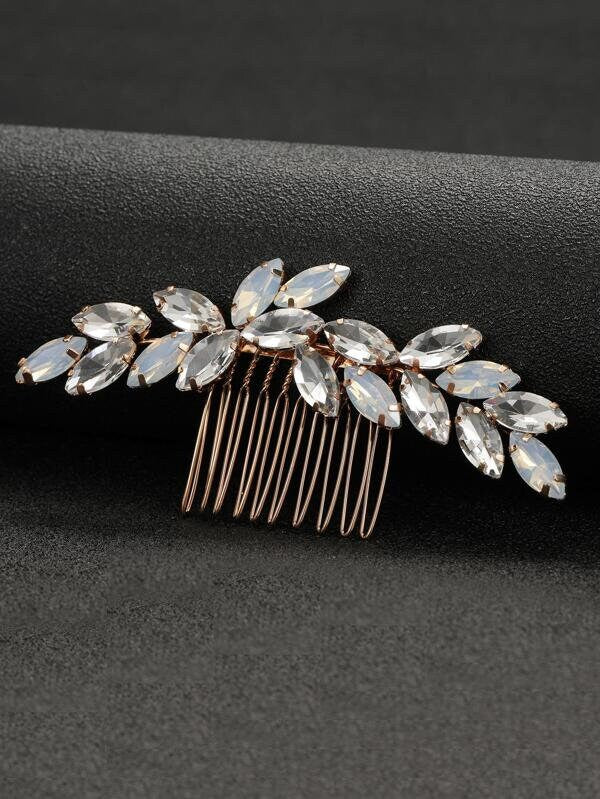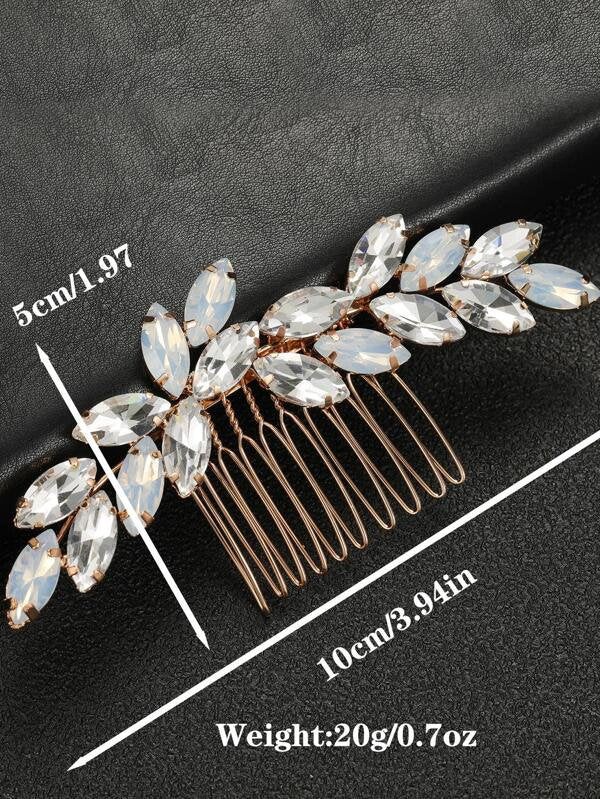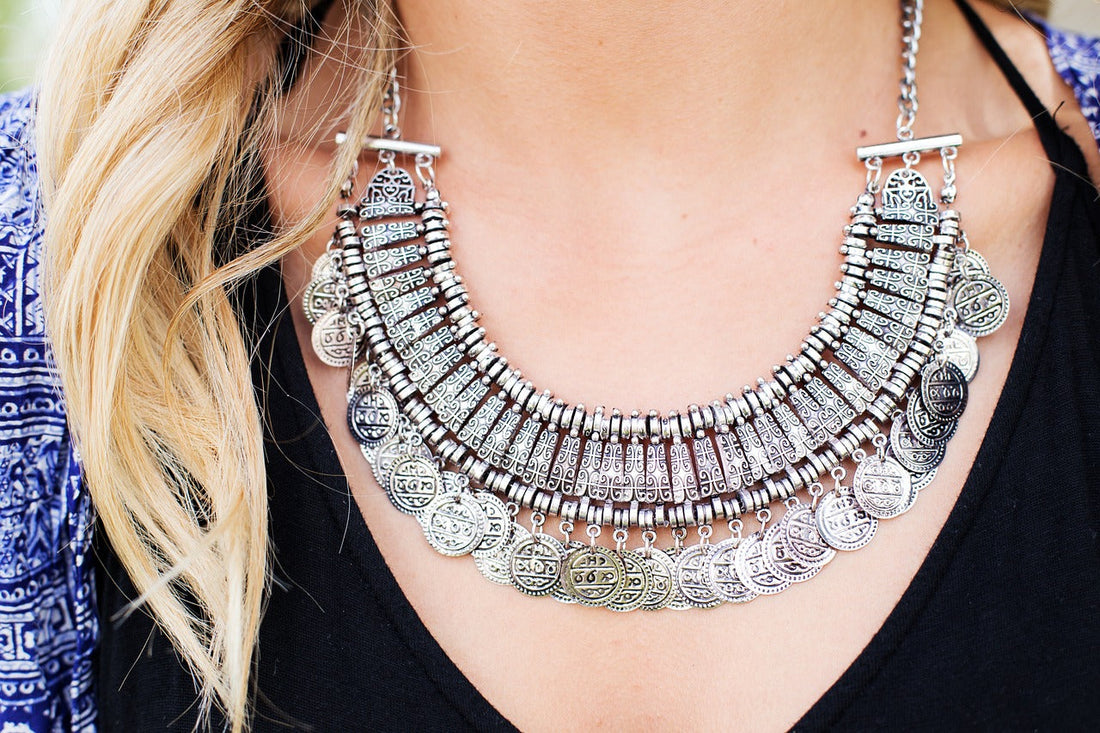
Which is better, 925 silver or 999 silver?
Share
925 vs 999 Silver: Which One Should You Choose?
Introduction
Silver jewelry and collectibles are timeless, but the numbers 925 and 999 stamped on them often leave buyers confused. Is purer silver always better? Does durability matter more than shine? Let’s break down the differences between 925 (sterling) and 999 (pure) silver to help you pick the right type for your needs.
What Do 925 and 999 Mean?
- 925 Silver (Sterling Silver): Contains 92.5% pure silver + 7.5% alloy (usually copper). The alloy adds strength.
- 999 Silver (Fine Silver): 99.9% pure silver, with minimal traces of other metals. Softer but brighter in luster.
925 Silver: Pros and Cons
👍 Pros
- Durable: Resists scratches and bends, ideal for rings, bracelets, and daily-wear jewelry.
- Affordable: Cheaper than pure silver due to alloy content.
- Widely Available: The standard for most jewelry brands.
👎 Cons
- Tarnishes Faster: Copper alloy reacts with moisture and air, causing darkening.
- Less "Silver" Content: Not ideal for investors focused on purity.
999 Silver: Pros and Cons
👍 Pros
- Highest Purity: Perfect for silver bullion, coins, or collectors.
- Minimal Tarnish: Lacks alloy metals, so it stays brighter longer.
- Hypoallergenic: Great for sensitive skin (no nickel/copper).
👎 Cons
- Soft & Delicate: Prone to dents and scratches; not ideal for everyday jewelry.
- More Expensive: Higher purity = higher cost per gram.
925 vs 999 Silver: Quick Comparison
| Feature | 925 Silver | 999 Silver |
|---|---|---|
| Best For | Jewelry, utensils, decor | Bullion, coins, collectibles |
| Durability | High (7.5% alloy) | Low (too soft) |
| Tarnish Resistance | Low | High |
| Price | $$ | $$$ |
Which Should You Buy?
- Choose 925 Silver If: You want durable, affordable jewelry for daily use.
- Choose 999 Silver If: You’re investing in silver bars/coins or need hypoallergenic purity.
Tip: Look for stamps like "925," "Sterling," or "999" to verify authenticity.
FAQs About Silver Grades
Does pure silver tarnish?
Yes, but slower than sterling silver. Keep both types dry and store in anti-tarnish bags.
Is 925 silver "real" silver?
Absolutely! Sterling silver is the global standard for jewelry and contains 92.5% pure silver.

